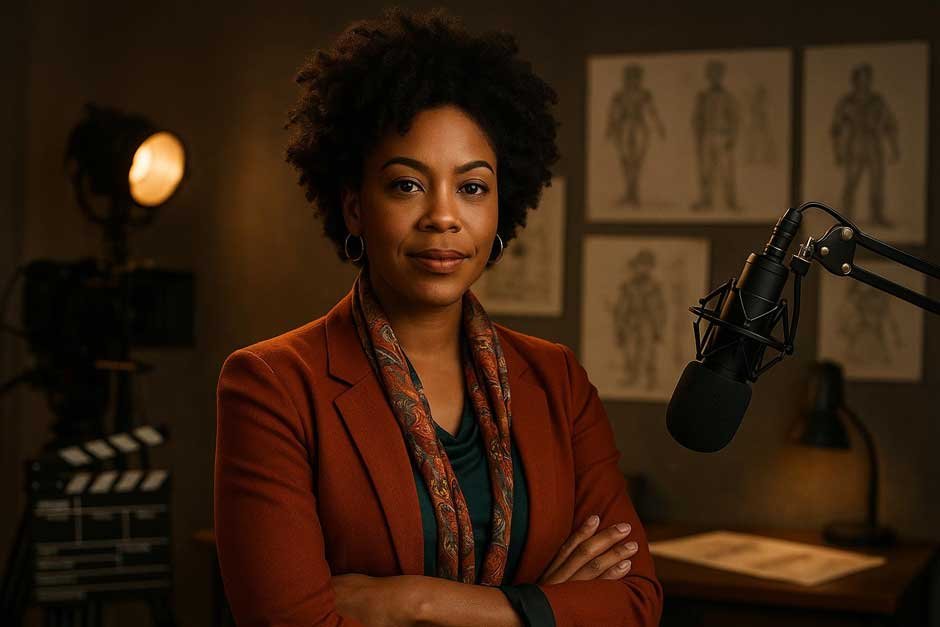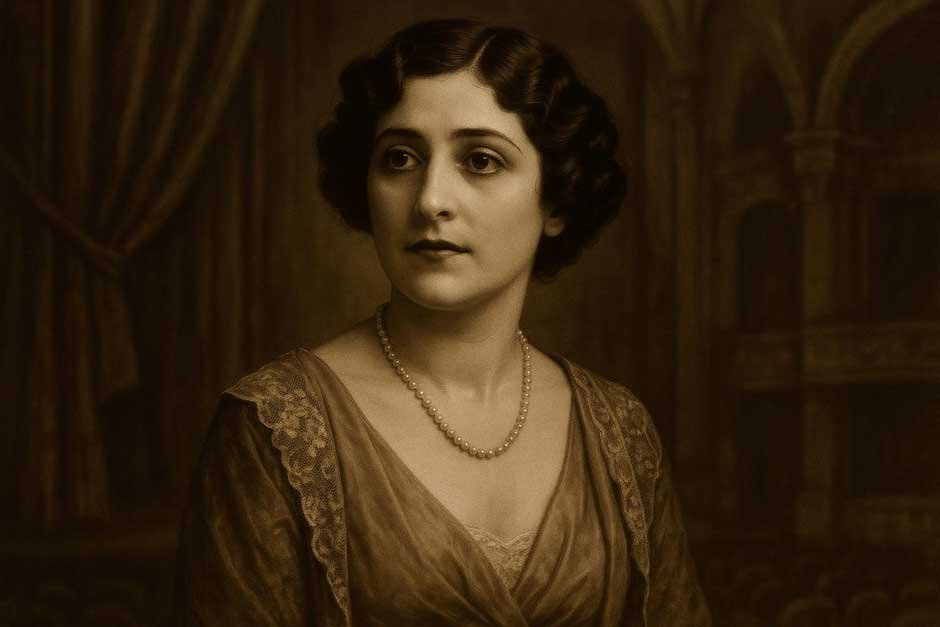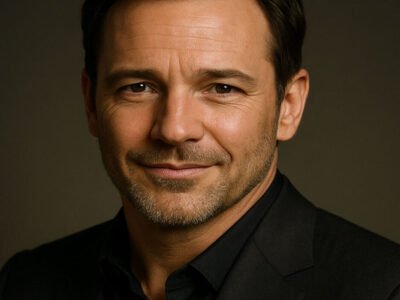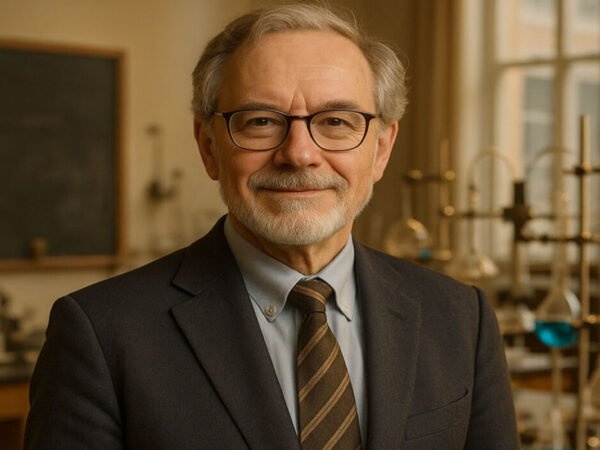In today’s Hollywood, where careers can rise and fall in a single season, Emma Stone stands out as something truly special. At 36, this Arizona-born actress has already made history as the first double Oscar winner of her generation.
What makes her story even more compelling is how she transformed from a teenage comedy star into one of the industry’s most respected dramatic performers.
Stone’s latest triumph came at the 2024 Academy Awards, where she took home her second Best Actress Oscar for “Poor Things.” This win wasn’t just another trophy for her mantelpiece—it marked the culmination of a carefully crafted career that has consistently surprised both critics and audiences. From her early days in teen comedies to her current status as a Hollywood powerhouse, Stone has navigated the entertainment industry with remarkable intelligence and authenticity.
The Rise of a Hollywood Powerhouse
When you look at Emma Stone’s achievements today, it’s hard to believe she’s still in her thirties. Her two Academy Awards for Best Actress—first for “La La Land” in 2017, then for “Poor Things” in 2024—place her in an exclusive club of performers who’ve reached the pinnacle of their craft multiple times. That seven-year gap between wins tells its own story of sustained excellence and artistic growth.
Back in 2017, Stone reached another milestone that many actors only dream of: she became the world’s highest-paid actress. Time magazine recognized her influence by naming her one of the 100 most influential people globally. It’s rare to see someone achieve both critical acclaim and commercial success at such a high level, but Stone has managed to do exactly that.
Her performance in Yorgos Lanthimos’s “Poor Things” has been called career-defining, and it’s easy to see why. Playing Bella Baxter required Stone to embrace both physical comedy and deep emotional complexity. Critics have praised her fearless approach to the role, noting how she worked with visionary directors who aren’t afraid to challenge conventional storytelling methods.
Early Dreams and Arizona Beginnings
Emma Stone’s story begins far from the glamour of Hollywood, in Scottsdale, Arizona. Born Emily Jean Stone on November 6, 1988, she grew up in a solidly middle-class family. Her father, Jeffrey Charles Stone, ran a general contracting company, while her mother, Krista Jean Stone, focused on raising the family. This grounded upbringing would later prove invaluable as Stone navigated the often turbulent waters of fame.
Childhood wasn’t always easy for the future star. Stone struggled with severe anxiety and panic attacks that made everyday activities challenging. She’s been open about visiting the school nurse almost daily and needing constant reassurance from her mother about what each day would bring. These early struggles with mental health would later inform her approach to both her craft and her public persona.
Theater became Stone’s lifeline during these difficult years. At Phoenix’s Valley Youth Theatre, she found not only a way to manage her anxiety but also discovered her natural talent for performance. Over the course of her involvement with the theater, she appeared in sixteen different productions, each one building her confidence and honing her skills.
The moment that changed everything came when Stone was just 15. Instead of simply asking her parents if she could pursue acting, she created something that would become Hollywood legend: a PowerPoint presentation called “Project Hollywood.” Set to Madonna’s hit song “Hollywood,” this presentation laid out her case for dropping out of high school and moving to Los Angeles. The bold move worked, demonstrating the strategic thinking and determination that would define her entire career.
Breaking Into Hollywood – The Comedy Years
Moving from Arizona to Los Angeles as a teenager is daunting under any circumstances, but Stone faced the additional challenge of breaking into one of the world’s most competitive industries. After arriving in January 2004 with her mother, she quickly learned that success wouldn’t come overnight. She’s recalled auditioning for practically every Disney Channel show and sitcom available, only to face rejection after rejection.
Those early television appearances in shows like “Medium” and “Malcolm in the Middle” were small but important stepping stones. However, it was her film debut in “Superbad” (2007) that really put her on the map. Playing Jules opposite Jonah Hill, Stone brought a sharp wit and natural charisma that elevated what could have been a throwaway supporting role.
While “Superbad” opened doors, it was “Easy A” in 2010 that truly launched Stone into stardom. Her portrayal of Olive Penderghast—a high school student who becomes the center of gossip about her supposed sexual exploits—showcased her ability to anchor a film as the lead actress. The role required her to balance comedy with genuine emotional moments, something she handled with remarkable skill.
“Easy A” proved that Stone could do more than just deliver punchlines. Her performance created a character that felt real and relatable, someone audiences could root for even in the most embarrassing situations. The film’s success established her as one of Hollywood’s most promising young talents and set the stage for bigger opportunities ahead.
Expanding Her Range – From Comedy to Drama
After establishing herself in comedy, Stone made some smart career moves that would pay dividends for years to come. Her collaboration with Ryan Gosling in “Crazy, Stupid, Love” (2011) introduced audiences to a screen partnership that felt effortless and genuine. Their chemistry was so natural that it would later become one of the key elements in “La La Land’s” success.
Joining “The Amazing Spider-Man” franchise as Gwen Stacy was a calculated risk that paid off beautifully. Superhero movies can sometimes trap actors in one-dimensional roles, but Stone brought intelligence and depth to Gwen, making her much more than just Peter Parker’s girlfriend. Her work helped breathe new life into the Spider-Man story and proved she could handle big-budget blockbusters.
The real turning point in Stone’s dramatic evolution came with Alejandro G. Iñárritu’s “Birdman” in 2014. Playing Sam, the troubled daughter of Michael Keaton’s character, Stone delivered a performance that caught everyone off guard. Her powerful monologue about her father’s irrelevance revealed a dramatic intensity that many hadn’t seen from her before.
That performance earned Stone her first Academy Award nomination for Best Supporting Actress, but more importantly, it sent a clear message to the industry: she was ready for serious, complex roles. The nomination opened doors to more prestigious projects and validated her artistic ambitions in a way that commercial success alone couldn’t.
Musical Mastery and Oscar Glory
“La La Land” represented perhaps the biggest challenge of Stone’s career up to that point. Director Damien Chazelle’s ambitious musical demanded that she master singing, dancing, and acting while carrying much of the film’s emotional weight. Stone threw herself into preparation with typical determination, spending months learning the skills she’d need to pull off the role.
Playing Mia, an aspiring actress struggling to make it in Hollywood, allowed Stone to draw from her own experiences as a young performer trying to break into the industry. That personal connection brought an authenticity to the role that resonated deeply with both audiences and critics. She managed to capture both the excitement and heartbreak that comes with chasing artistic dreams.
The film’s success exceeded everyone’s expectations. “La La Land” earned fourteen Academy Award nominations, tying the all-time record for most nominations received by a single film. Stone’s performance was central to that success, ultimately earning her the Academy Award for Best Actress.
Her acceptance speech that night was a perfect reflection of who she is—gracious, humble, and genuinely surprised by her good fortune. The win represented not just personal achievement but validation of her willingness to take creative risks and push herself as an artist.
Artistic Collaborations and Bold Choices
Stone’s partnership with Greek director Yorgos Lanthimos has produced some of her most critically acclaimed work. Their first collaboration, “The Favourite” (2018), cast Stone as Abigail Hill, a character who undergoes a dramatic transformation from innocent servant to manipulative courtier. The role required her to navigate complex emotional territory while maintaining the film’s darkly comic tone.
Her work in “The Favourite” earned Stone her third Academy Award nomination, this time for Best Supporting Actress. Critics were particularly impressed by how she made Abigail’s transformation feel both believable and compelling, even as the character becomes increasingly ruthless in her pursuit of power.
The success of “The Favourite” cemented Stone’s relationship with Lanthimos, leading to their continued collaboration on “Poor Things.” This partnership demonstrates Stone’s commitment to working with directors who challenge conventional approaches to storytelling and aren’t afraid to push boundaries.
Stone’s range extends beyond art house films, as evidenced by her turn as Cruella de Vil in Disney’s “Cruella” (2021). Taking on an iconic character previously defined by Glenn Close was no small task, but Stone managed to make the role her own while respecting what came before. The film’s success proved she could anchor major studio productions without compromising her artistic integrity.
Poor Things and Career Pinnacle
“Poor Things” represents the peak of Stone’s artistic evolution to date. Her portrayal of Bella Baxter—a woman resurrected with the brain of a child—required extraordinary commitment both physically and emotionally. The role demanded everything from childlike wonder to mature sexuality, often within the same scene.
Stone’s preparation for the role was incredibly thorough. Working closely with Lanthimos, she developed Bella’s unique physicality and speech patterns, essentially creating multiple characters as Bella evolves throughout the film. Each stage of Bella’s development required different acting techniques and approaches.
Critics have been unanimous in their praise for Stone’s fearless commitment to the role. Her willingness to embrace the character’s sexuality and vulnerability while maintaining the film’s surreal tone shows remarkable artistic maturity. Many have called it the finest performance of her career and one of the best in recent cinema.
The Academy’s recognition with a second Best Actress Oscar validates Stone’s position among the industry’s elite performers. At just 36, she’s achieved a level of critical and commercial success that many actors spend entire careers pursuing.
Beyond Acting – Producer and Entrepreneur
Stone’s ambitions extend well beyond acting these days. In 2020, she and her husband, Dave McCary, founded Fruit Tree, a production company focused on developing original content. This move reflects her desire for greater creative control and her commitment to supporting emerging talent in the industry.
Her marriage to McCary—a writer and director known for his work on “Saturday Night Live”—represents both a personal and professional partnership. The couple welcomed their daughter, Louise Jean McCary, and have managed to balance parenthood with their demanding careers in entertainment.
Despite her success, Stone has remained remarkably grounded. She often speaks about the importance of maintaining perspective and staying connected to her Arizona roots. This authenticity has endeared her to fans and colleagues alike, contributing to her reputation as one of Hollywood’s most genuine stars.
Looking toward the future, Stone continues to choose projects that challenge her as an artist. Her upcoming collaboration with Lanthimos on “Bugonia” promises to further explore the creative territory they’ve established together. Given her track record, it seems likely that her best work may still be ahead of her.
Emma Stone’s journey from an anxious teenager in Arizona to a double Oscar winner represents more than just personal success—it’s a testament to the power of persistence, smart career choices, and artistic courage. In an industry often criticized for its superficiality, Stone has maintained her authentic spirit while reaching the highest levels of professional recognition.
Her influence extends beyond her individual performances to her impact on the industry as a whole. As a producer and creative collaborator, she continues to push boundaries and champion innovative storytelling. At 36, Emma Stone has established herself as one of Hollywood’s most accomplished and respected performers, with a legacy that shows no signs of slowing down.














